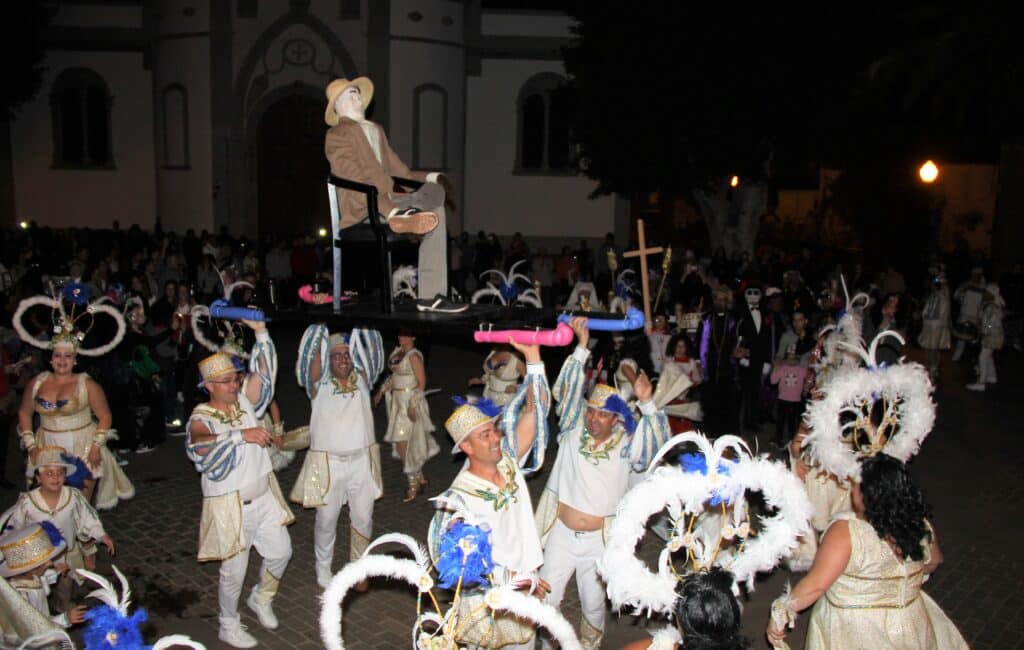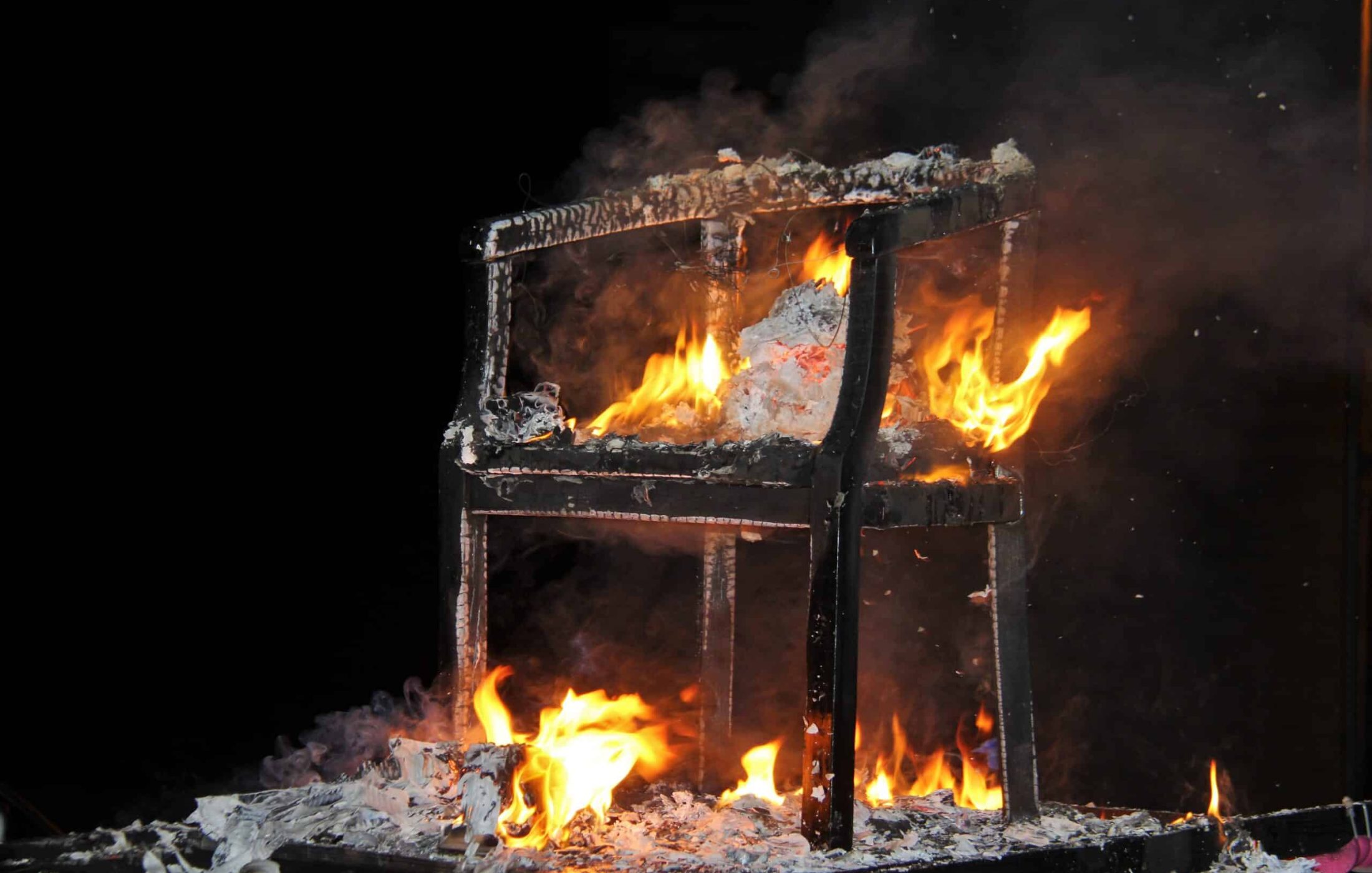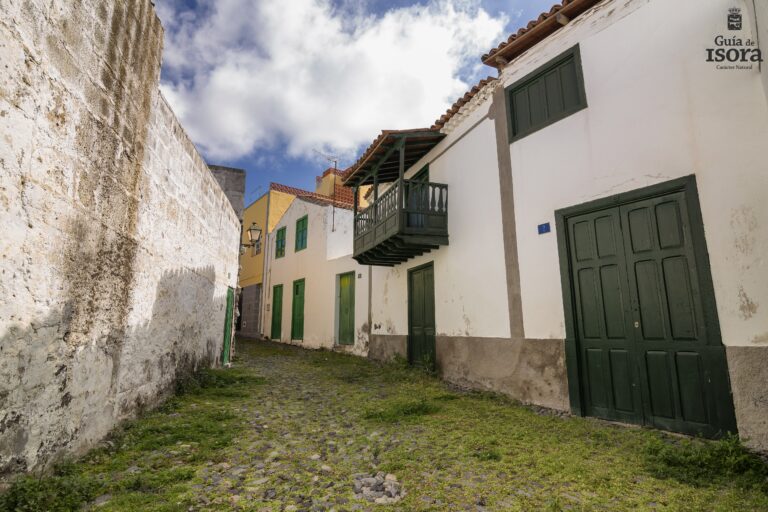Guía de Isora is a municipality that stands out for its popular festivities throughout the year. And if you have had the opportunity to attend one of them, you will be able to see the charm and energy that surrounds the place, making it an attractive place to visit in Tenerife.
A very old tradition, which had ceased to be practised, has been revived a few years ago: “El Lucas” in Guía de Isora, Tenerife. This event has a very interesting origin and represents an important point of the local culture.
What is the burning of Lucas in Guía de Isora?
This story dates back to 1762, when the priest José Antonio León Ferrera arrived in the valley of Santiago del Teide.
He made a public accusation of the immorality of the Lord of the Valley, Don Fernando del Hoyo, who in response made life impossible for the parish priest, who ended up leaving Santiago del Teide to take refuge in the church of Guía de Isora.
Later, in 1773, the bishop himself sent Fray José de Estrada to El Valle de Santiago del Teide, to try to reduce the debauchery that was taking place in the convent of Los Realejos, where the friar was seducing ladies of the local elite. This new parish priest did make good friends with Don Fernando, being cronies in their amorous dalliances. This way of life is hidden under the idea of the mask of “fray Luca” or “fray Lucas”, a double meaning that changes the L for the C, indicating the behaviour of this friar, who even got his maid pregnant.
In response to this, the bishop dismissed him, and in 1793 the friar asked to be secularised. In order to do so, he needed to have a certain patrimony that would allow him to survive, so Don Juan del Hoyo, Don Fernando’s successor, constituted a Patronato with lands near Chío, in Guía, and it was approved in 1794. The people did not understand how such an immoral life could be rewarded and condemned him to burn at the stake for life. So every year the figure of El Lucas appeared as a puppet who, after the appropriate satirical procession, ended up at the stake.
Nowadays, it consists of competitions for the best “Lucas”, dances, costume exhibitions and, of course, the burning of the doll.
Disappearance of the burning of Lucas
The tradition has had moments in which it has ceased to be practised, such as in 1940. The most recent disappearance occurred in 2009, but fortunately it didn’t stop there.
The people of Guía de Isora in Tenerife have always rescued it, even in the most difficult times.
Rescue from the burning of the Lucas
The last rescue of the tradition of “El Lucas” happened in 2016 thanks to the youth of the population who started a project called Enluk2.0 and every year they watch over its practice with a lot of effort and enthusiasm.

This rescue has had the support of the Youth Council and the Cabildo of Tenerife who, through research into the background, data collection and above all interviews with the people of Guía de Isora, have managed to revive this important tradition.
Nowadays, the burning is still carried out at carnival time to coincide with the burial of the sardine. So if you are looking for things to do in Tenerife, it is an excellent option to be part of such an ancient popular tradition, which is the result of the efforts of the people of Guía de Isora to protect and maintain their beautiful culture.
¿Te ha parecido útil este contenido?
¡Haz clic en una estrella para puntuarlo!
Promedio de puntuación 5 / 5. Recuento de votos: 1
Hasta ahora, ¡no hay votos!. Sé el primero en puntuar este contenido.





